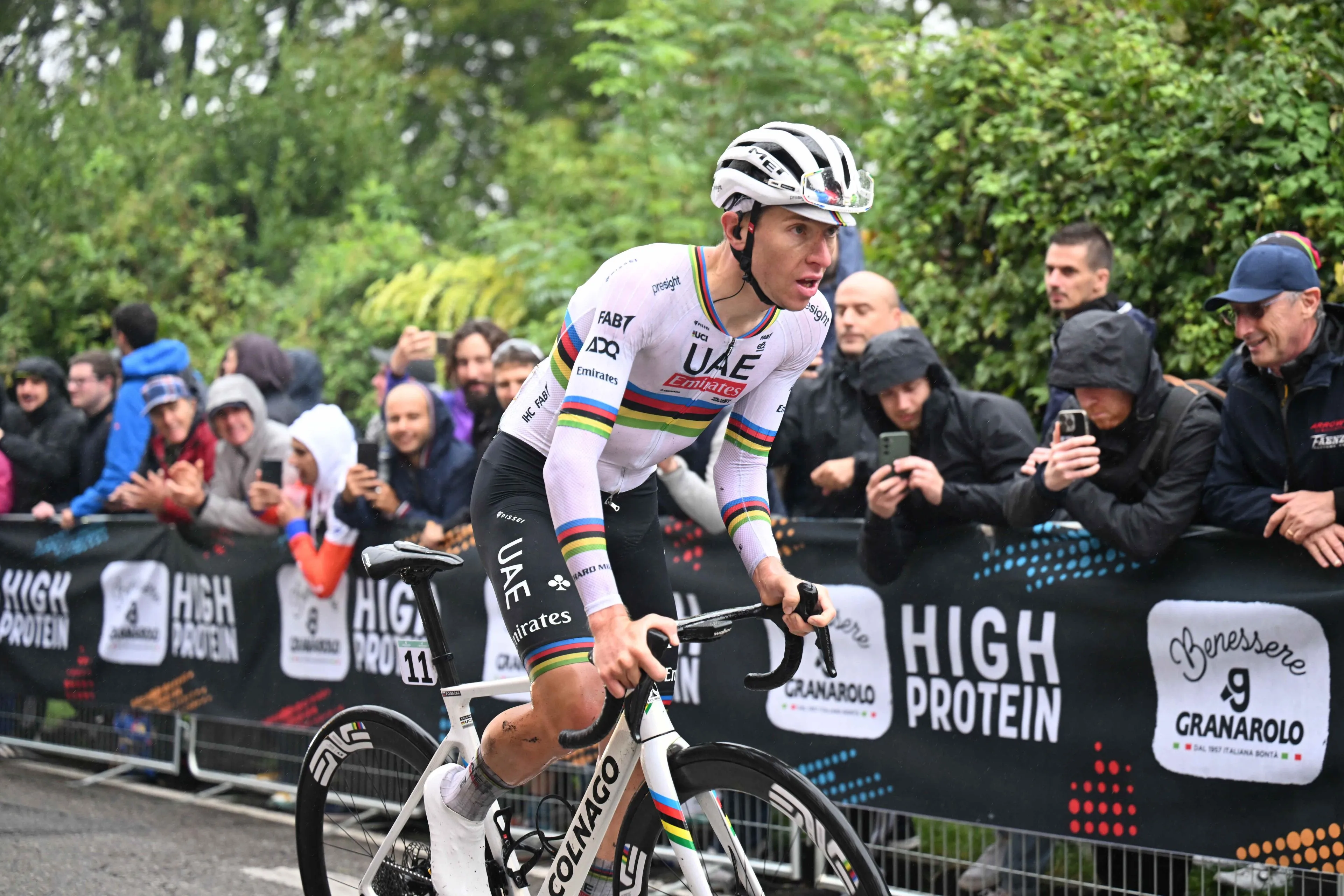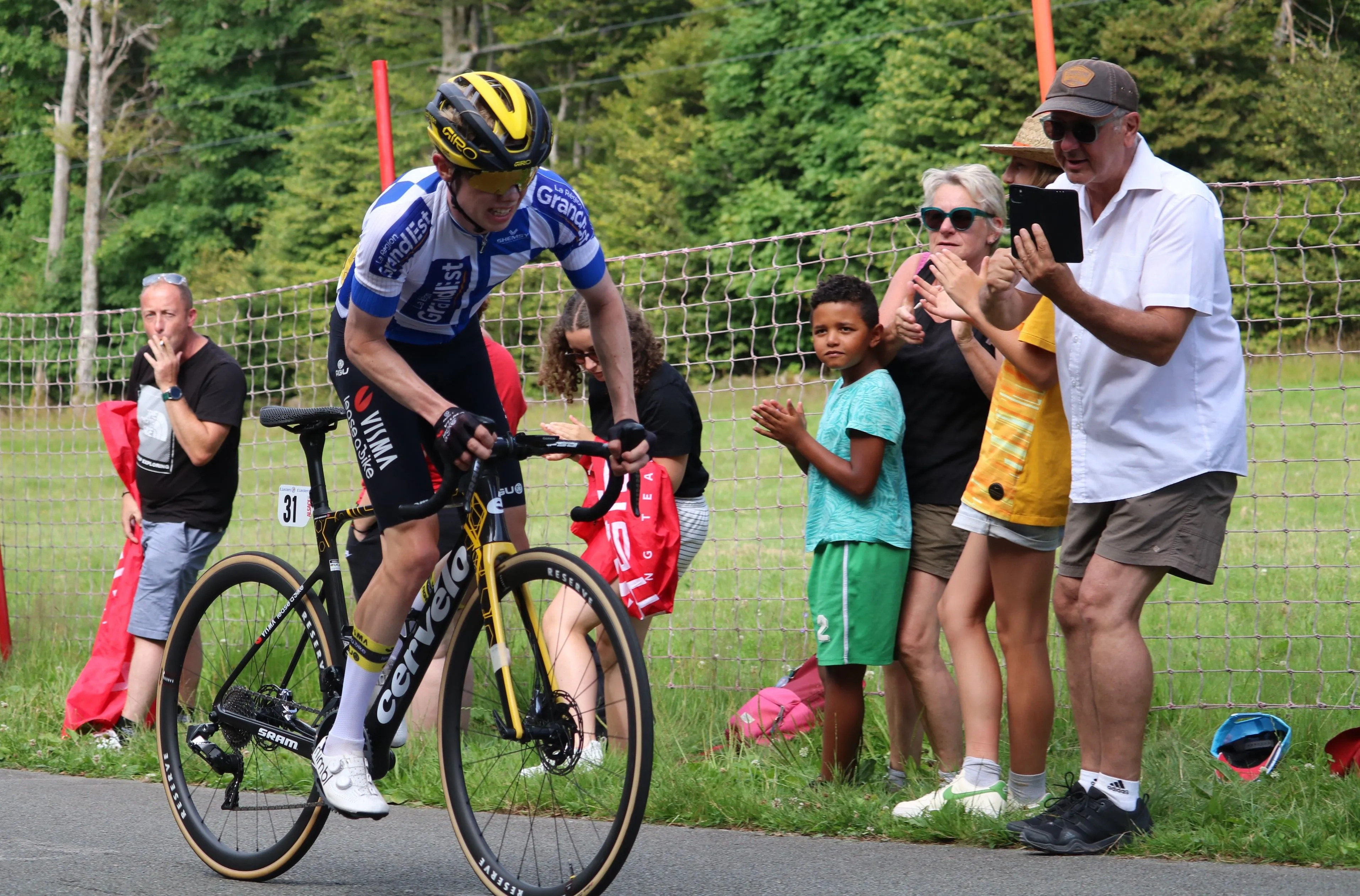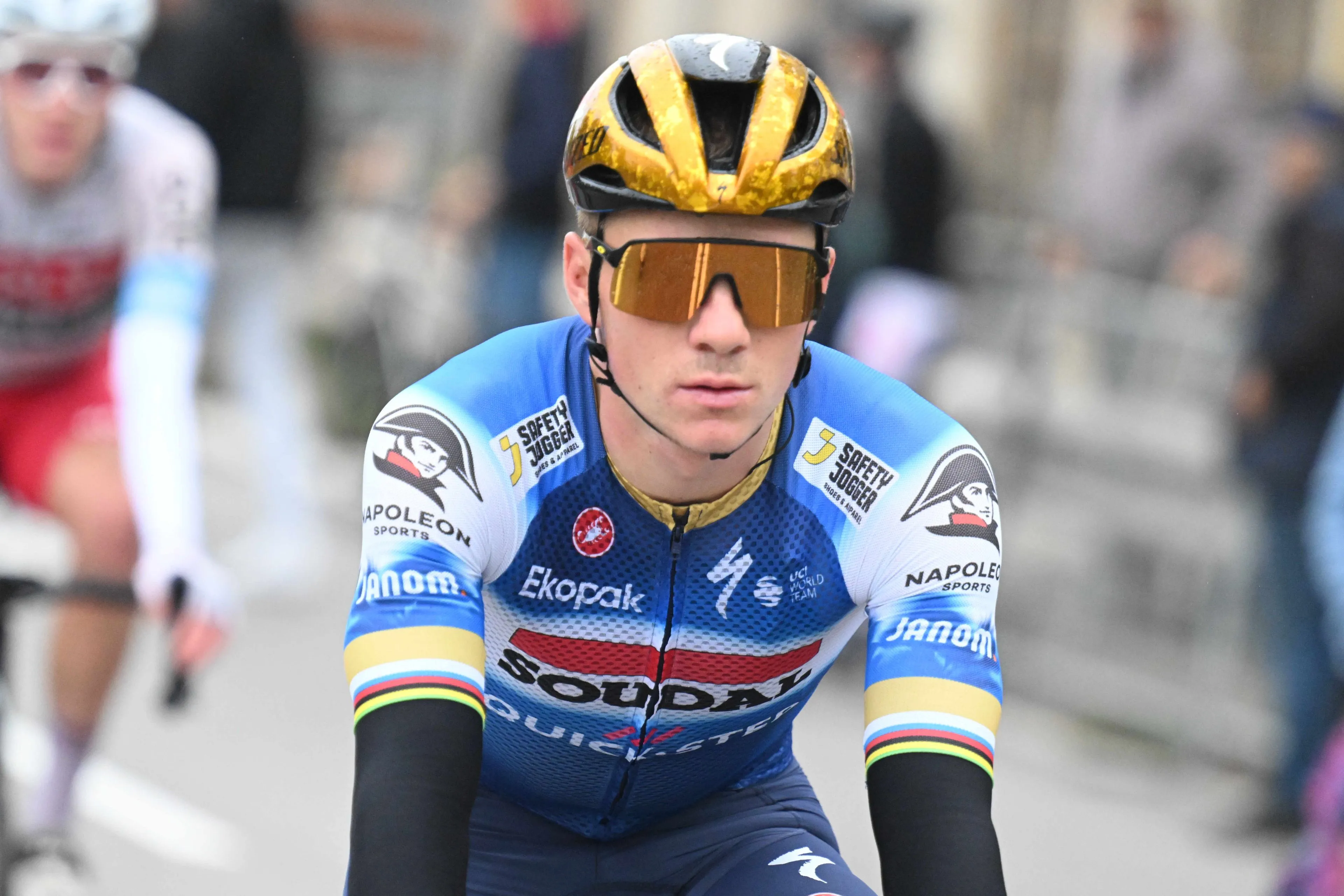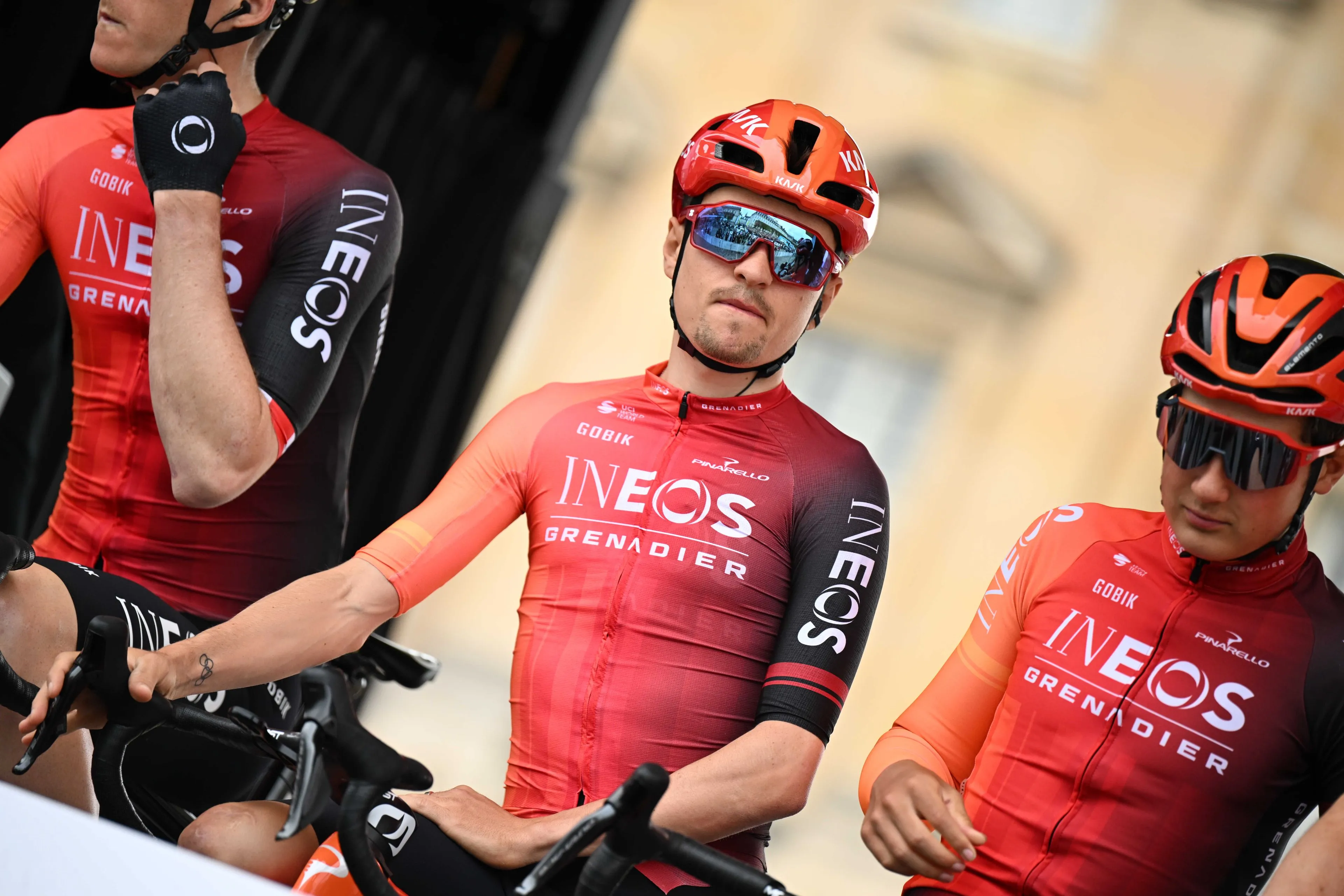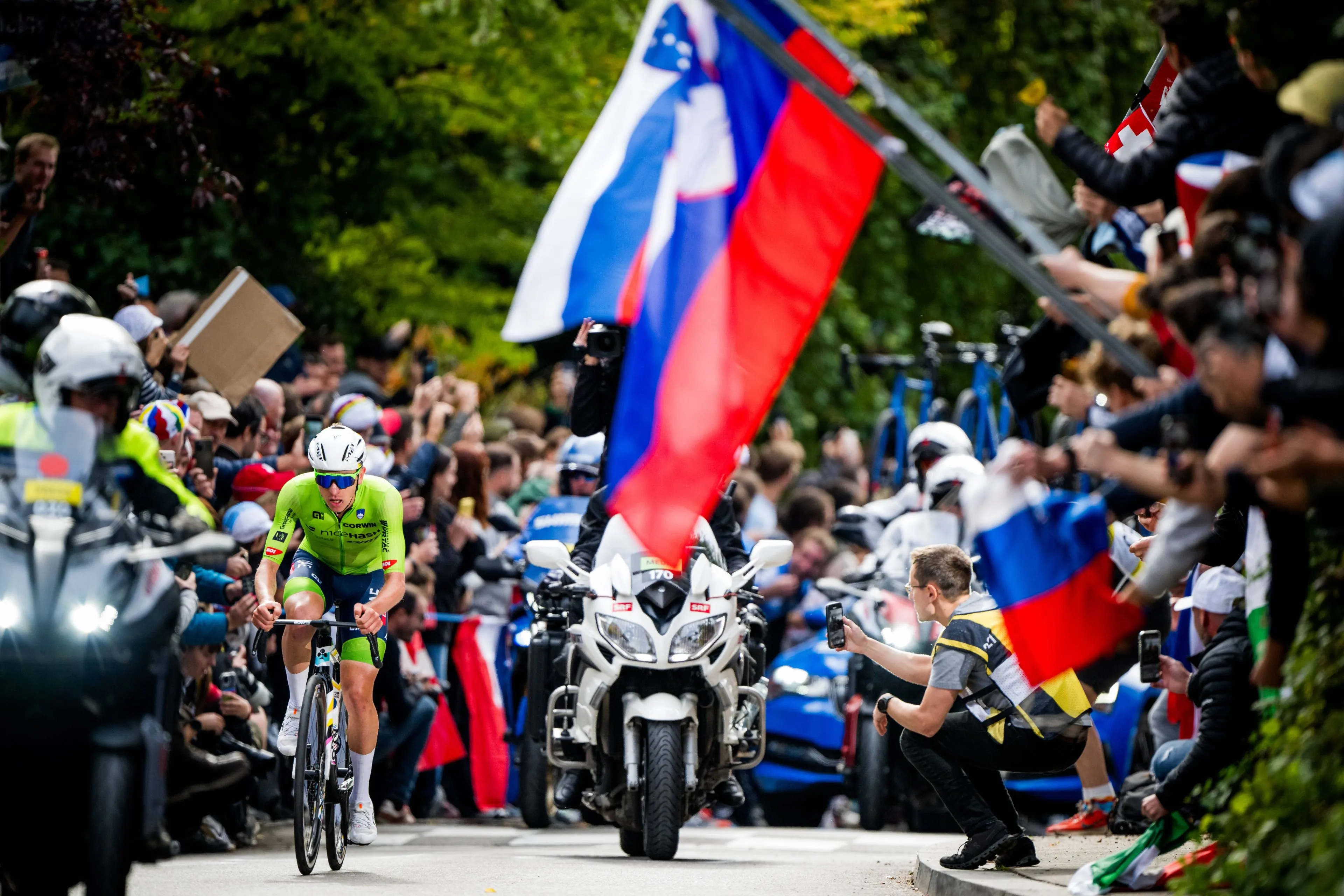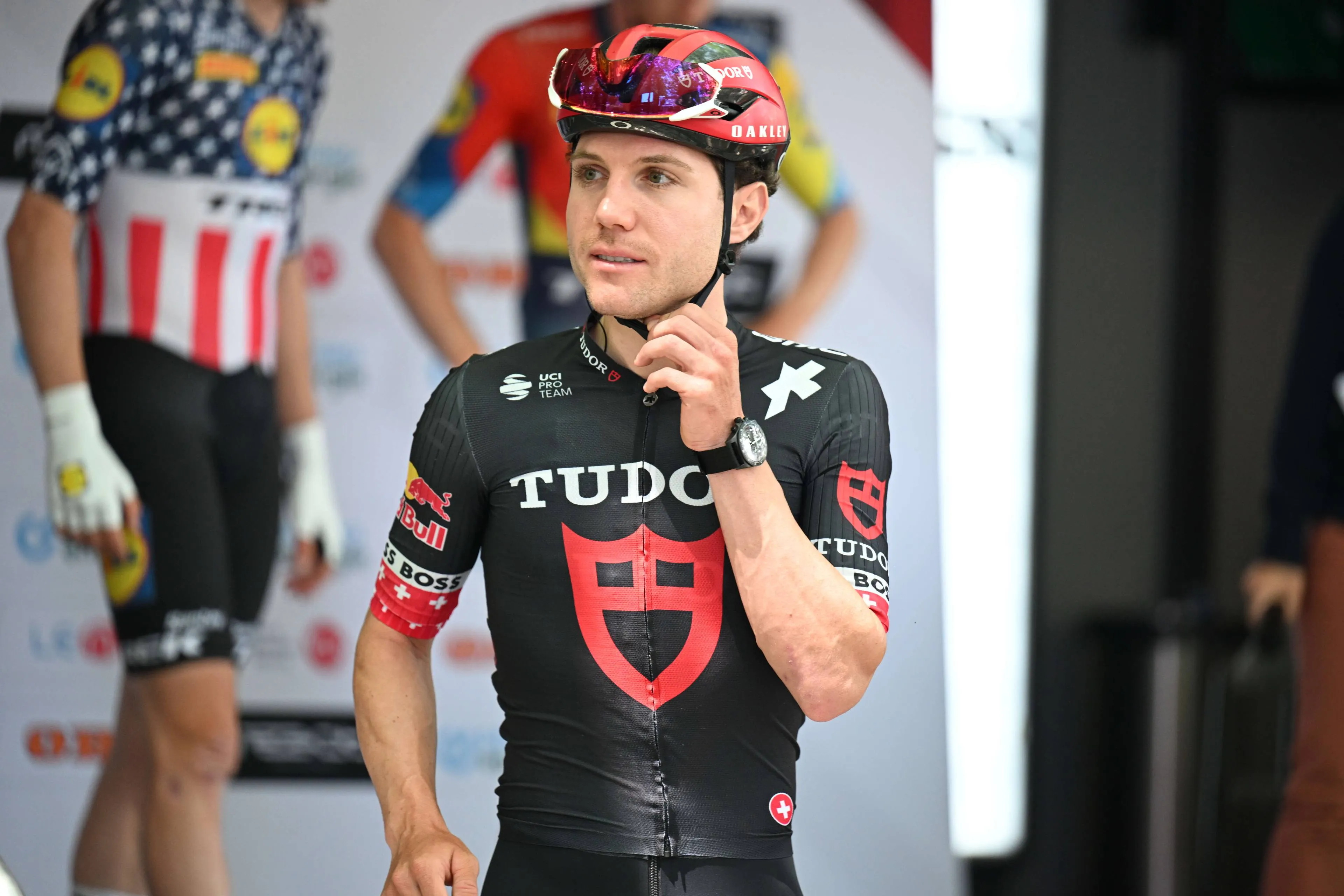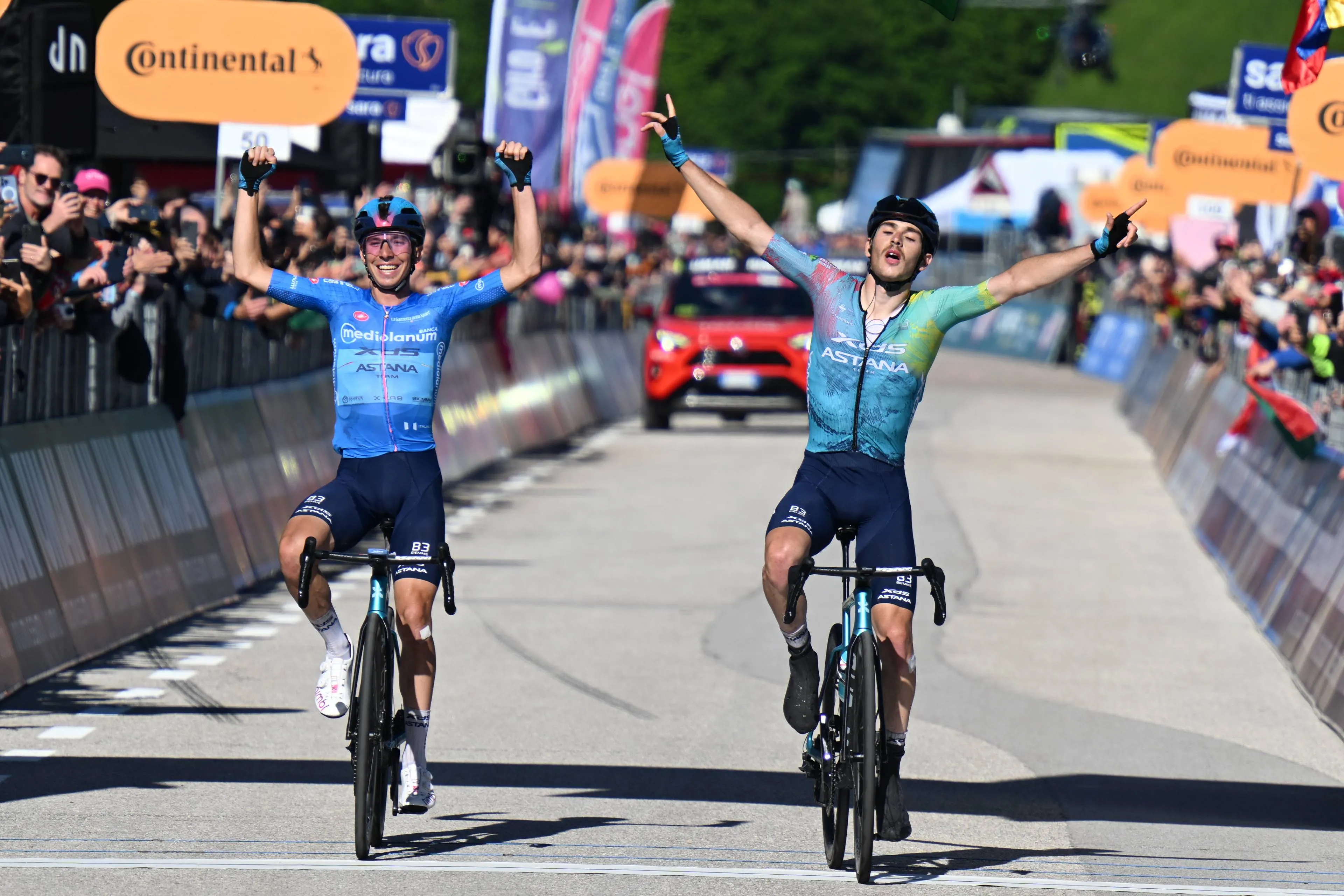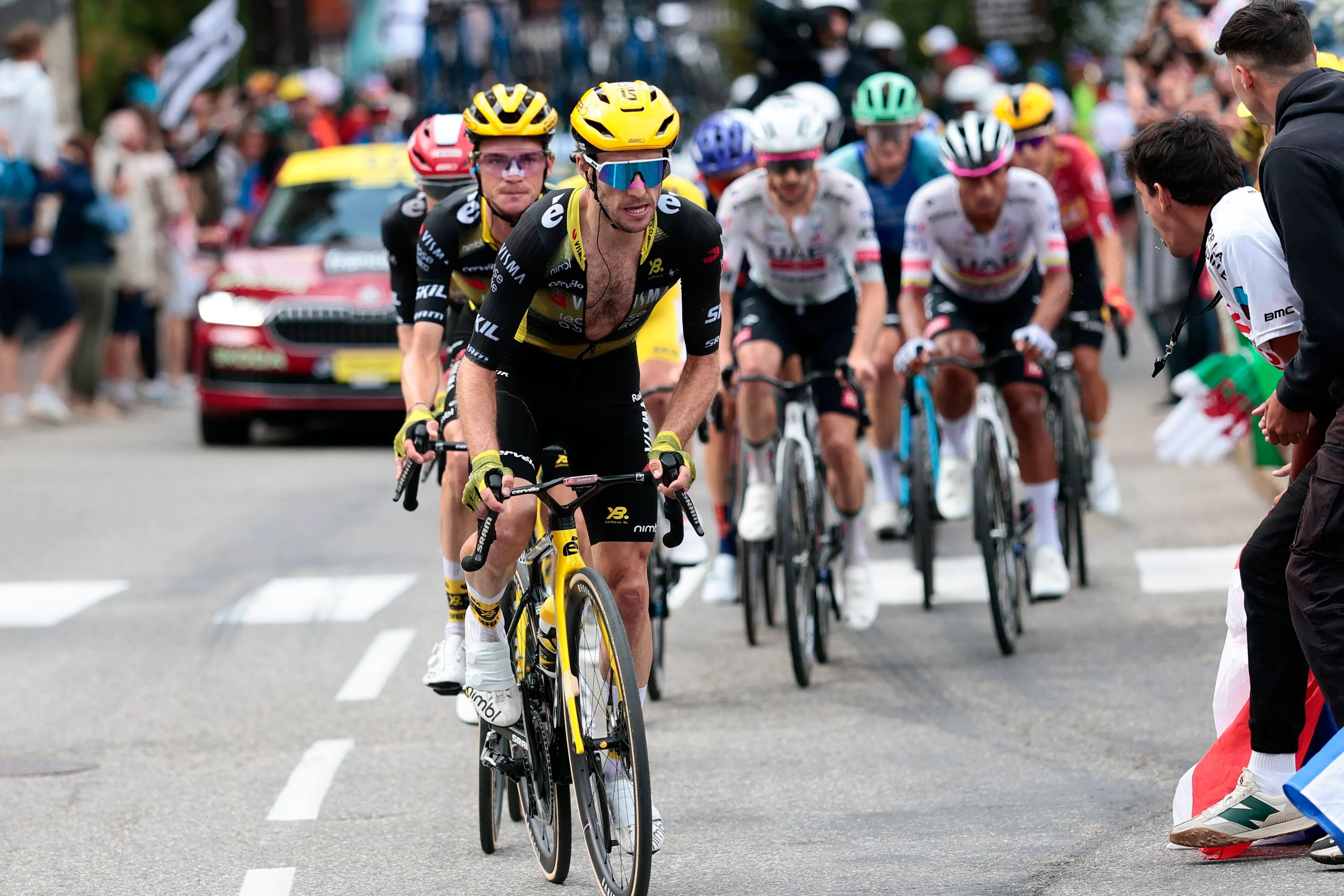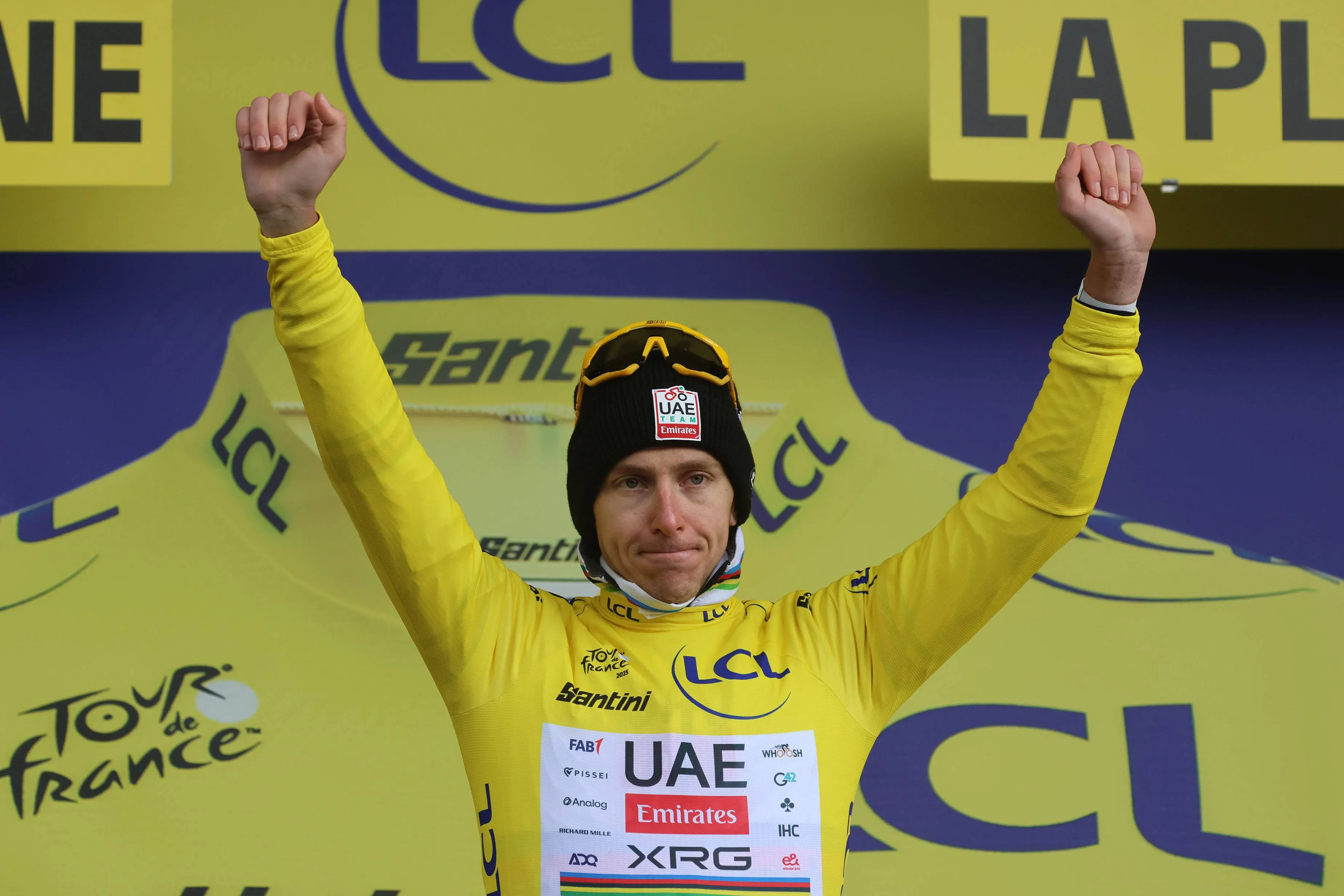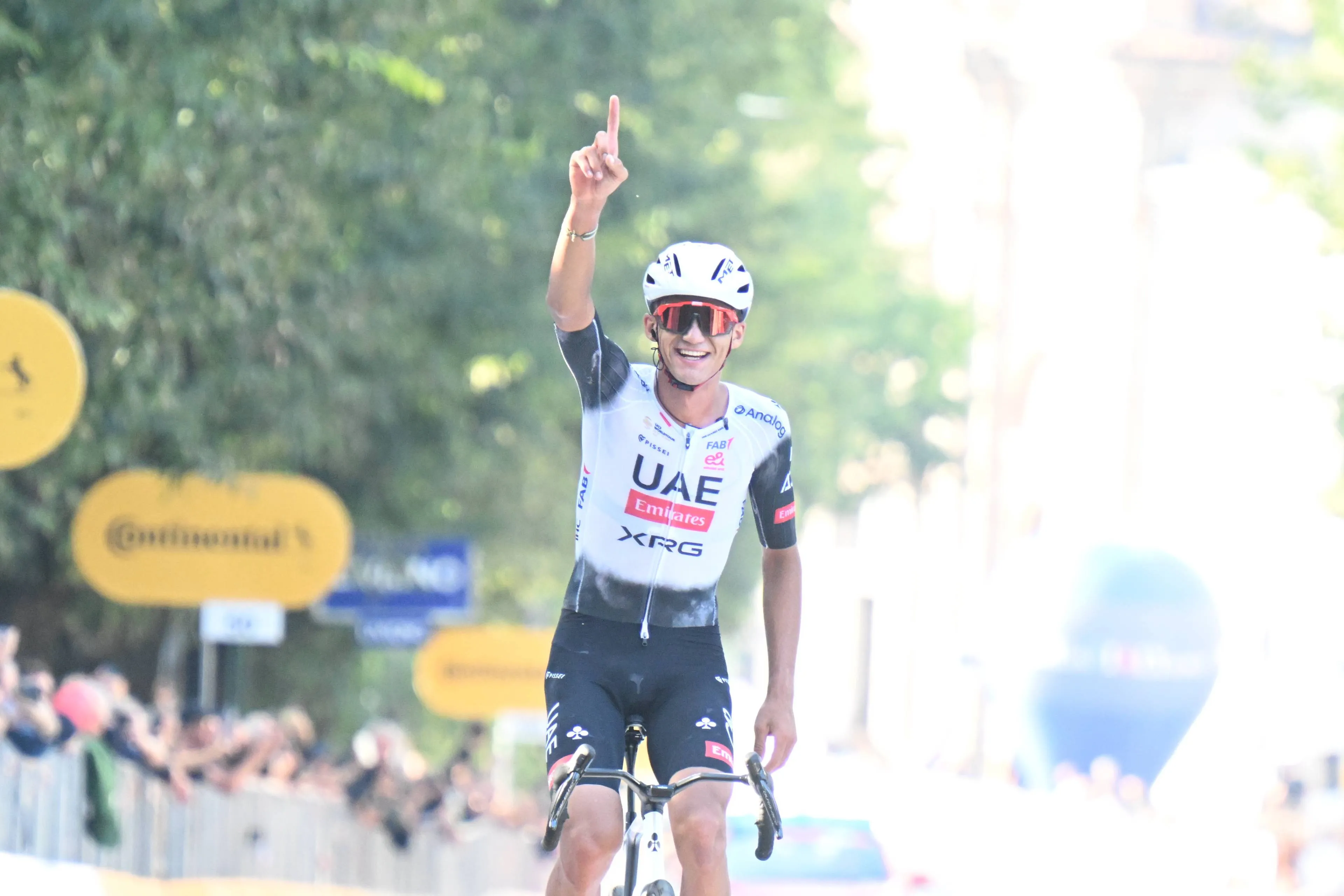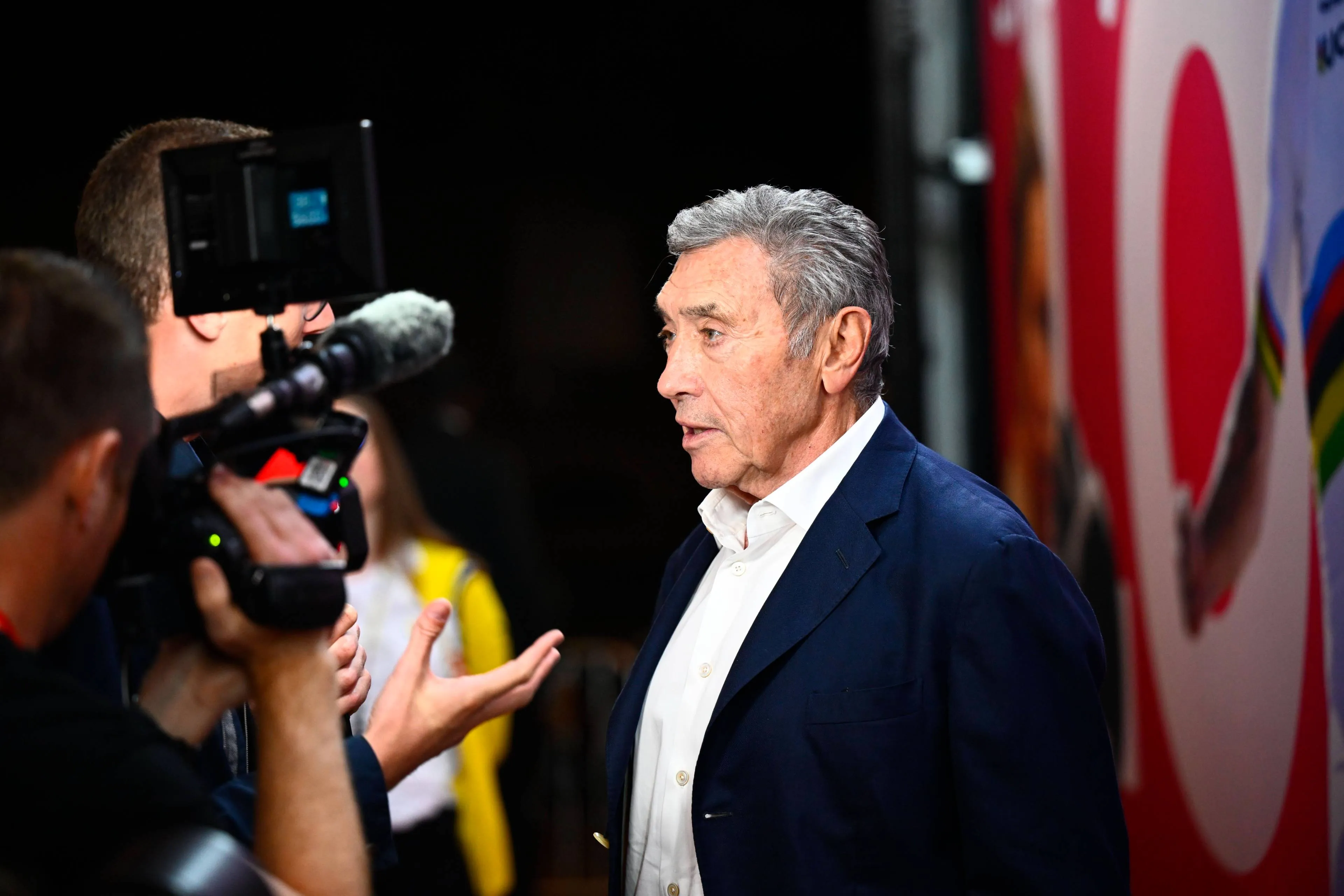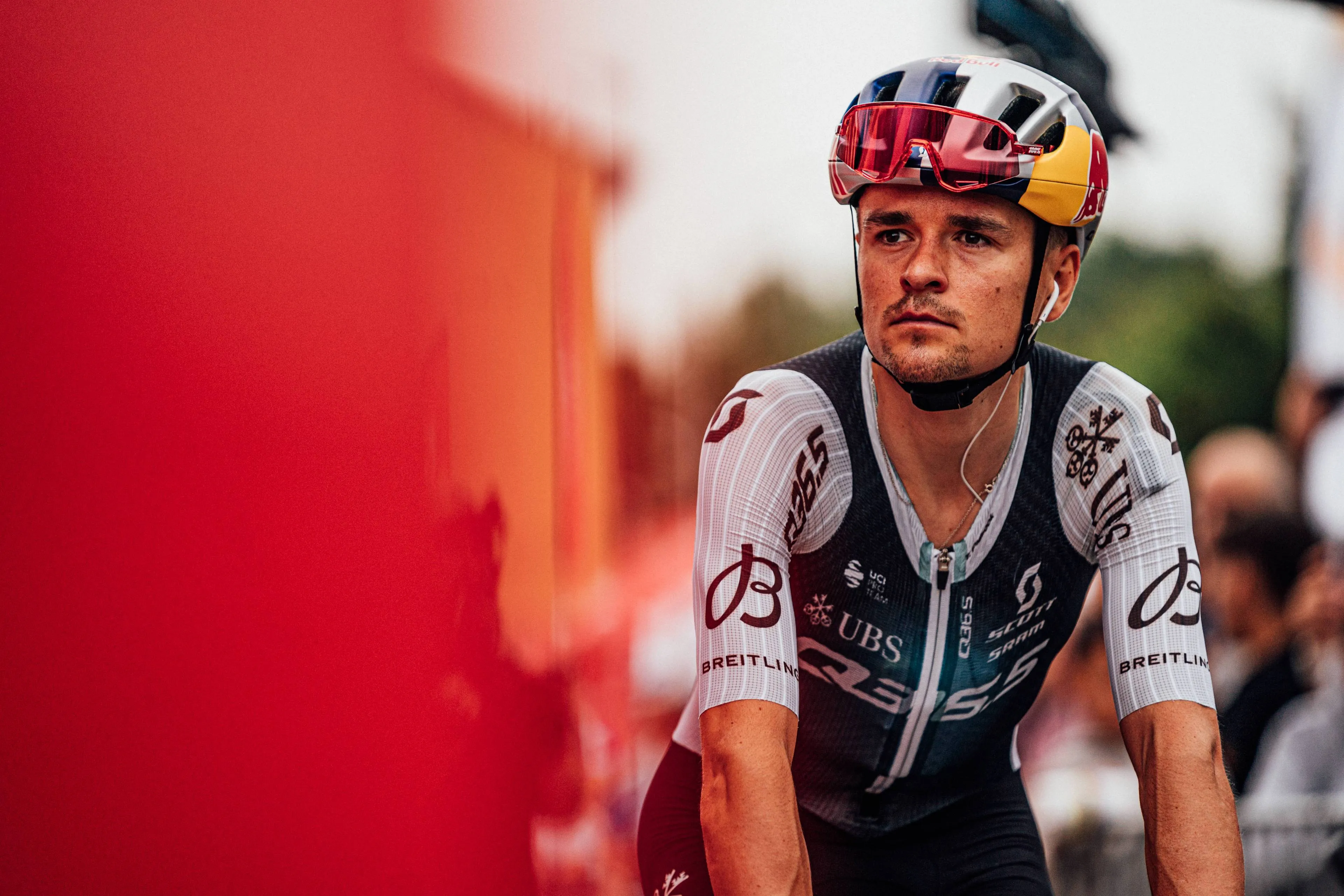From Bjarne Riis to Jonas Vingegaard - How does Denmark produce such talented cyclists?
CyclingWednesday, 20 November 2024 at 11:03
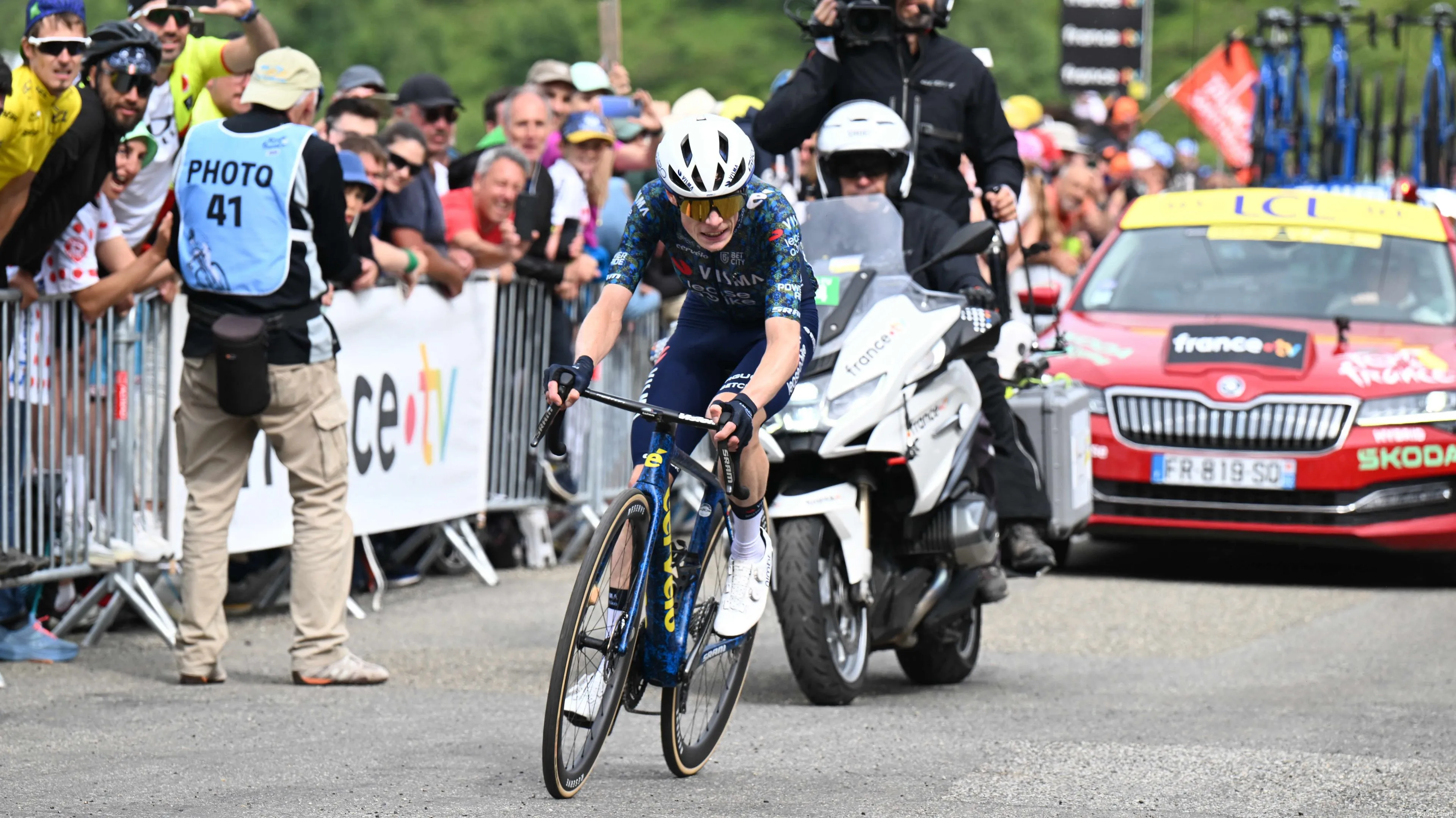
Over the last 4 seasons Jonas Vingegaard has gone from being
a relatively unknown rider to arguably one of the best climbers the peloton has
ever seen. Yes, he may have lost his Tour de France title to Tadej Pogacar this
year, but let’s not forget that if it wasn’t for the Dane, Pogacar would have
won five Tours in a row by now.
But Vingegaard isn’t the only supremely talented Danish
rider in the peloton. Mads Pedersen has been one of the most consistent names over
the past few seasons, and he’s already got a world title and wins at all three
grand tours to his name. Then there’s the 24 year old Mattias Skjelmose Jensen,
who announced himself as a GC contender for the future by winning the young
riders classification at the Vuelta in September.
Read also
And there’s a whole host of more Danish talent coming on to
the pro scene, in what could be a brilliant era for Danish cycling.
But one question lingers: How?
Seriously, how is it that the fourth flattest country in the
world can not only produce such incredible cycling talent, but one of the best
climbers we have ever seen. Riders from Belgium and Netherlands also come from
extremely flat countries, but their love affair with cycling is very well
documented. But Denmark? That isn’t so clear, so lets take a look at why this
country has climbed up the ranks.
Read also
Cycling culture in Denmark
At a very basic level, Denmark’s ability to produce world
class cycling talent can largely be attributed to its deeply embedded cycling
culture. Cycling is not merely a sport or a pastime in Denmark, it is an
essential part of daily life that shapes the country's infrastructure,
lifestyle, and athletic development. Anyone that’s been to Copenhagen will be
familiar with the amount of bikes roaming the streets, and this may be the
first indicator of how they create their talent.
This deep-rooted connection with cycling begins at an early
age and extends to all corners of Danish society. Lets not forget that Denmark
are by no means a new edition to the cycling elite, as Slovenian is thanks to
Tadej Pogacar and Primoz Roglic. No, Denmark has a long history of producing
elite riders, like their first ever Tour de France winner Bjarne Riis or Willy
Hansen who was an Olympic gold medal winning track cyclist.
Read also
One of the most striking aspects of Danish cycling culture
is the sheer amount of bikes on each an every street. In Copenhagen, often
hailed as the world's most bicycle-friendly city, over 50% of residents commute
by bike daily. The city boasts more bicycles than cars, with an impressive
network of cycling infrastructure that includes designated cycling lanes,
priority traffic lights, and biking bridges such as the Cykelslangen (Cycle
Snak"). This makes cycling not only a convenient mode of
transportation but also a normalised and enjoyable activity for all age groups,
which would be practically impossible around the streets of London or New York.
Children in Denmark typically start riding bikes at a very
young age. This early exposure to cycling allows potentially talented children
to build the foundation and habits for future athletic development, developing the skills, coordination, and love for being active outdoors. In fact, some
schools integrate cycling into physical education and extracurricular programs,
which is pretty much unheard of in schools in the United Kingdom.
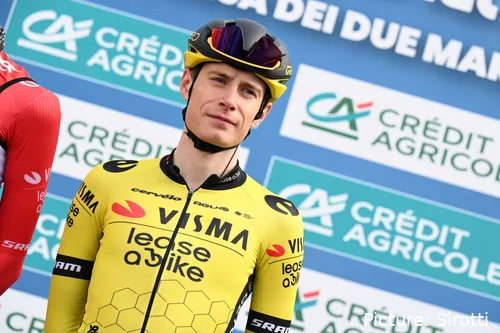
Jonas Vingegaard's rivalry with Tadej Pogacar is already legendary
The consistent use of bikes for transport contributes
significantly to the physical conditioning of young Danes. By the time they
reach an age where they might consider competitive cycling, they have often
already accumulated thousands of kilometres on two wheels, albeit in a
non-competitive context. The ingrained habit of cycling prepares the body for
endurance and adaptability, key characteristics of successful riders in the professional peloton.
Beyond the physical benefits, the cultural and social
aspects of cycling in Denmark cannot be overlooked. The Danish approach to
cycling emphasises community and inclusivity, with a broad range of cycling
clubs spread throughout the country. These clubs cater to all levels, from
casual weekend riders to serious amateur racers, providing a pathway for young
talent to develop their skills in a structured environment. This network of
clubs is of course a way for young riders to create communities, but they also
work as a scouting ground for teams to try and secure the next Jonas Vingegaard
or Mads Pedersen.
Read also
Crucially, Danish cycling culture is supported by
significant government investment in promoting and maintaining bike-friendly
infrastructure. Denmark's government put a lot of emphasis on encouraging sustainable transport, aligning with their big national push to reduce carbon
emissions and promote health. Such investments make cycling an attractive and
practical choice, which further solidifies its presence in the culture of young
Danes.
Events like the annual PostNord Danmark Rundt (Tour of
Denmark) also have a role in introducing local talent to the competitive scene.
The race travels across the scenic landscapes of Denmark, trying its best to
avoid the rain, offering a platform for homegrown riders to compete against
international names. The exposure and experience gained from such events often
act as a springboard for Danish cyclists aiming to break into the professional
scene, in their hopes of becoming the next star on the World Tour.
Read also
On paper, Denmark’s pancake flat terrain does not seem ideal
for producing top-tier climbers, but it is the combination of widespread
cycling accessibility, a supportive infrastructure, early engagement, and a
culture that values active lifestyles that helps create world class cyclists.
This unique blend of factors not only explains the emergence of Vingegaard and
his peers but signals that Denmark’s impact on the pro cycling world is only
set to grow.
Is Jonas Vingegaard extra special?
In short, yes, Jonas Vingeagaard is super human. It’s been
reported that his V02 max could be as high as 97ml of oxygen per kilogram of
body weight per minute. For those that aren’t familiar with V02 max, that’s one
of the highest levels ever recorded. For reference, the average V02 max in a
healthy male is around 40ml, and Tadej Pogacar’s is reported to ‘only’ be 89ml.
Most Tour de France riders have a V02 max of somewhere between 70 and 85, which
just goes to show just how elite Vingegaard’s genetics are.
Read also
This is certainly one of the reasons why the two time Tour
de France champion excels on the longer, gradual, brutal climbs. One things for
sure, these sort of climbs don’t exist in Denmark, and so he certainly didn’t
master his climbing endurance on home roads.
The Col de la Loze is renowned has one of the toughest
climbs in the Tour de France, on probably the terrain most different to that of
Denmark, in Europe. Not only is the terrain brutal, but the weather when the peloton
takes it on during the Tour is scorching hot, something riders from Denmark can’t
be used to either. Yet that climb was the scene of possibly Vingegaard’s most
destructive performance ever, when he completely buried Tadej Pogacar to effectively
win the 2023 Tour de France.
There's no denying that Denmark are one of the very best
cycling nations. Whilst they don’t have the ideal terrain for producing
climbing greatness, their rich cycling culture and generally fitness based attitude
is why we keep seeing Dane’s flying up the hardest climbs on the world tour.
Read also
claps 0visitors 0
Just in
Popular news
Latest comments
- Quite a surprise, he's been a model Pro and as a nasty Brit I'm rather proud of what he's achieved. I sat watching, absolutely gutted for him on the Finnestre in 2018 but for many of us what he did this year was unexpected but brilliant (despite rooting for Isaac). Chapeau Simon, thanks for giving us something to cheer for, have a great retirementslappers6608-01-2026
- Nordhagen? develop this young talent.
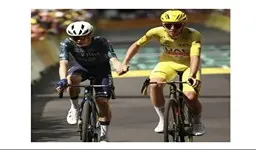 maria2024202408-01-2026
maria2024202408-01-2026 - Young Del Toro seem to have dealt with pressure exceptionally well last year. The Maglia Rosa lose last year was due to tactics, not pressure. It was a former young team mate of his (whose name rhymes with Caruso) who time and again didn't cope well. It's very reasonable to use Isaac as a super domestic for Tadej in TDF and avoid yet another leadership friction in the Giro. UAE team could have been honest about it, when the main reason is seemingly clear. Nothing wrong about it.BM08-01-2026
- „We’re not asking anything of him, except that he’s there.“ … what was the problem with Ayuso then?Ketterechts08-01-2026
- What an overtly bias story!whit2pet08-01-2026
- The result at the TDF is independent of whether he rides Giro or not. 2nd at the TDFabstractengineer08-01-2026
- I wouldn't write them off for monuments any more than I would write off everyone competing against MVDP and Tadej. These two are the only clear favorites, but, if something happens Quick- Step has as good a chance as anyone.mij08-01-2026
- look at Remco and Egan. careers cut short if not permanently changed due to offseason crashes on the road. crashes happen, sadly, and being in competition does not make it any more or less likely.mij08-01-2026
- Makes sense. Finally got the Giro monkey off his back. Got a stage in all three GTs. He's never going to win the Tour, and probably isn't super fussed about fighting the young guns for leadership at other stage races. Why not just go out on a high?antipodeanpedalfan08-01-2026
- Everyone begins and ends life the same way. It's what we do in the middle that counts.paule08-01-2026
Loading
2 Comments
